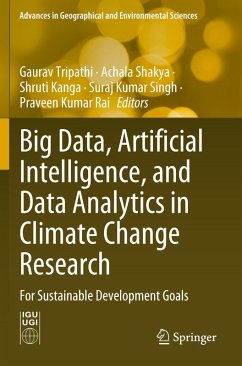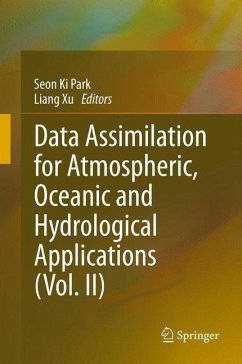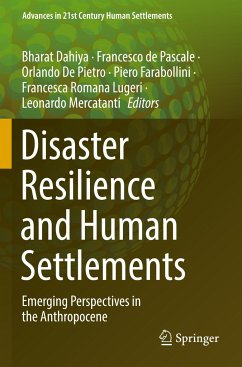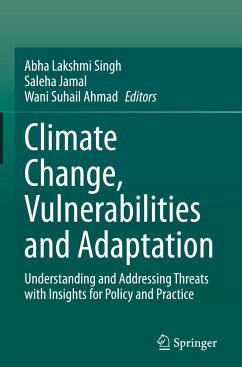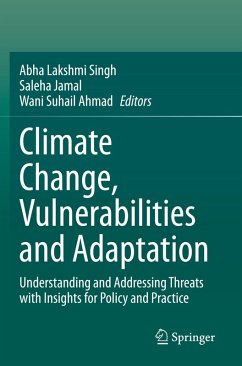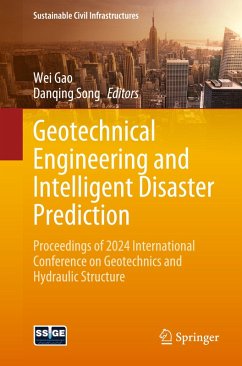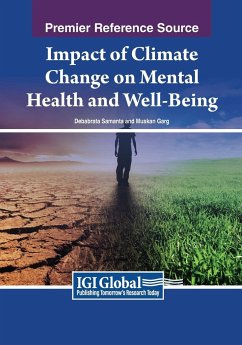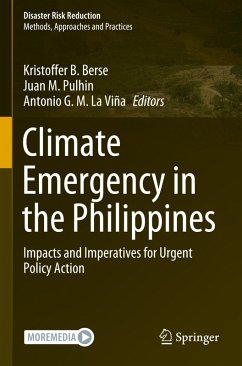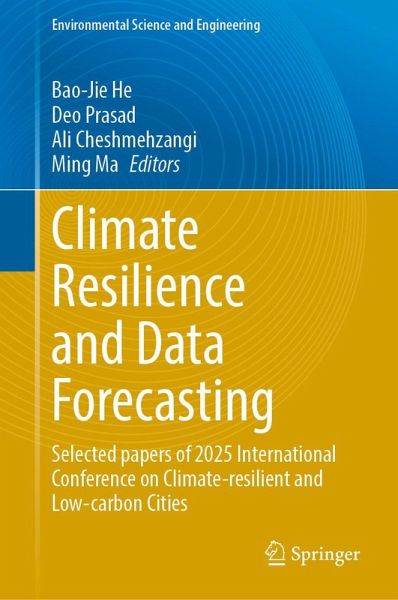
Climate Resilience and Data Forecasting
Selected papers of 2025 International Conference on Climate-resilient and Low-carbon Cities
Herausgeber: He, Bao-Jie; Ma, Ming; Cheshmehzangi, Ali; Prasad, Deo
Versandkostenfrei!
Erscheint vorauss. 14. März 2026
228,99 €
inkl. MwSt.

PAYBACK Punkte
114 °P sammeln!
At present, phenomena such as global warming, glacier melting, sea - level rise, changes in precipitation patterns, and extreme weather events are becoming increasingly severe. Climate risks are particularly prominent in eight aspects: low - lying coastal areas, terrestrial and marine ecosystems, critical infrastructure and networks, living standards, human health, food security, water security, and safety and population movement. The Intergovernmental Panel on Climate Change (IPCC) defines resilience as the ability of a social, economic, and environmental system to deal with catastrophic even...
At present, phenomena such as global warming, glacier melting, sea - level rise, changes in precipitation patterns, and extreme weather events are becoming increasingly severe. Climate risks are particularly prominent in eight aspects: low - lying coastal areas, terrestrial and marine ecosystems, critical infrastructure and networks, living standards, human health, food security, water security, and safety and population movement. The Intergovernmental Panel on Climate Change (IPCC) defines resilience as the ability of a social, economic, and environmental system to deal with catastrophic events, trends, or disturbances, and to maintain its essential functions, positioning, and structure while responding or reorganizing, and to maintain its ability to adapt, learn, and transform.The Center for Climate and Energy Solutions (C2ES) refers to the ability to prepare for, recover from, and adapt to the adverse effects of climate change as "climate resilience." Climate, ecosystems and biodiversity, and human society are interdependent. The current unsustainable development model of human society will exacerbate climate change and destroy ecosystems, and the impacts and risks caused by climate change will further threaten the already stressed human economic and natural ecosystems. These risks and impacts are becoming increasingly complex, compound, and consequential, and may interact with each other, further amplifying the resulting losses and damages. For example, the melting of the Greenland ice sheet may trigger a critical shift in the Atlantic Meridional Overturning Circulation (AMOC), leading to a reduction in the heat transport from low to high latitudes in the ocean, causing sea - level rise and heat accumulation in the South Ocean, and accelerating the ice loss of the Southeast Antarctic ice sheet. Therefore, the world urgently needs to take timely and strong actions to promote comprehensive and systematic transformation and adaptation, and to seek a path of climate - resilient development.This book primarily focuses on climate resilience. The academic achievements and engineering cases presented in it are centered around climate resilience and data prediction. It mainly pays attention to two major research directions. One is the strategy of enhancing the climate resilience of urban ecosystems. The other is the application of artificial intelligence and big data in climate resilience. For the first part, we will start with urban ecosystems. We will analyze the performance and capacity of urban ecosystems under extreme weather and the increasingly severe climate change. And we will provide measures and technical solutions related to urban climate resilience. Owing to the rapid rise of artificial intelligence at present, the development of artificial intelligence has also entered the stage of scene adaptation. In terms of climate resilience and climate change prediction, artificial intelligence can provide us with more imagination and possibilities. It enables us to better predict the changes in climate, so as to choose better solutions to deal with and solve the problems. At the same time, in the relevant intelligent systems, it can achieve better early warning and reminder functions.The potential readers of this book are engineers, scholars, and Ph.D in the field of environmental engineering.



